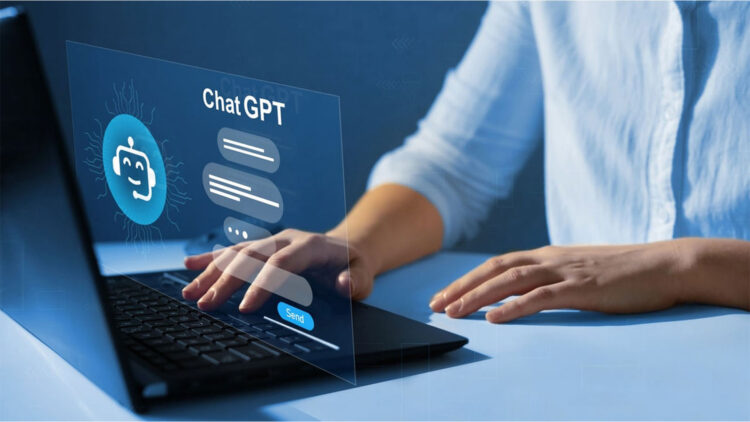Many people thought artificial intelligence would help us work more efficiently and have more free time when OpenAI’s ChatGPT first launched. According to a recent study, the opposite might be taking place. A group of economists, including Shen Zhang from Seton Hall University, Rachel Jiqiu Xiao from Fordham University, Junyoung Park from Auburn University, and Wei Jiang from Emory University, examined the relationship between AI exposure and working hours.
They discovered, using data from the U.S. Bureau of Labor Statistics’ American Time Use Survey, that employees in occupations where they are exposed to more AI are working longer weeks and taking fewer breaks.
To put it briefly, although AI may increase labor productivity, many workers do not experience more freedom in their workdays.
What the researchers found
The team’s idea was to find out if employees in AI-exposed jobs truly put in fewer hours. No, according to the data. People in jobs where generative AI is used more frequently “experienced a significant increase in work hours and a decrease in leisure time,” following the release of ChatGPT in 2022.
In particular, an increase in AI exposure (from the 25th to the 75th percentile) was associated with 3.15 more hours of work and 3.20 fewer hours of leisure per week between 2022 and 2023.
Without additional downtime to offset it, that’s nearly half of a normal workday added.
The researchers arrived at this conclusion by comparing reported time use and tying occupations to exposure to AI. “When… ChatGPT came along, we were all very mesmerized by how powerful it is, how much work it does… we anticipated if AI is doing our work, we can work less. And I just find myself actually working longer.” Wei Jiang said. She asked her friends, and they agreed. These individual experiences are reflected in the overall findings.
Why more productivity isn’t more free time
The study makes the case that while AI can increase labor productivity, workers do not always benefit from these increases. Employees frequently lack the negotiating power to convert productivity into reduced hours or increased compensation in competitive labor markets.
Customers gain a lot from competitive product markets when prices are lowered or services are improved. Who then benefits? Employers and customers are frequently involved, but the workers themselves are less so.
Automation and surveillance in the workplace are additional pieces of the puzzle. The researchers observe that while self-employed people do not exhibit this effect, remote workers in positions that expose them to more AI-powered monitoring “work longer hours post-pandemic.” To put it another way, even as AI takes over some tasks, people may be encouraged to stay online longer, respond more quickly, and accomplish more by using tools that monitor performance and output.
Even when wages rise in AI-exposed jobs, surveys show lower satisfaction. The benefits depend on who controls the technology and how workplaces choose to use it.
What this means for workers and companies
While artificial intelligence can increase team productivity, it can also increase individual workloads if it is not used carefully.
According to the study, companies may need to reconsider scheduling, incentives, and monitoring in order to equitably distribute the advantages of AI—using automation to cut down on busywork without extending the workday.
Limits on invasive workplace surveillance, humane pacing, and well-defined objectives can all be beneficial. Efficiency may finally translate into better balance if businesses define clear boundaries for AI tools, such as protected time off and reasonable response expectations.
You won’t have more free time with technology alone. You, your teammates, and your managers have to make that decision. As the researchers point out: the desire to work less will depend on how we choose to use our tools, not on the tools themselves.

